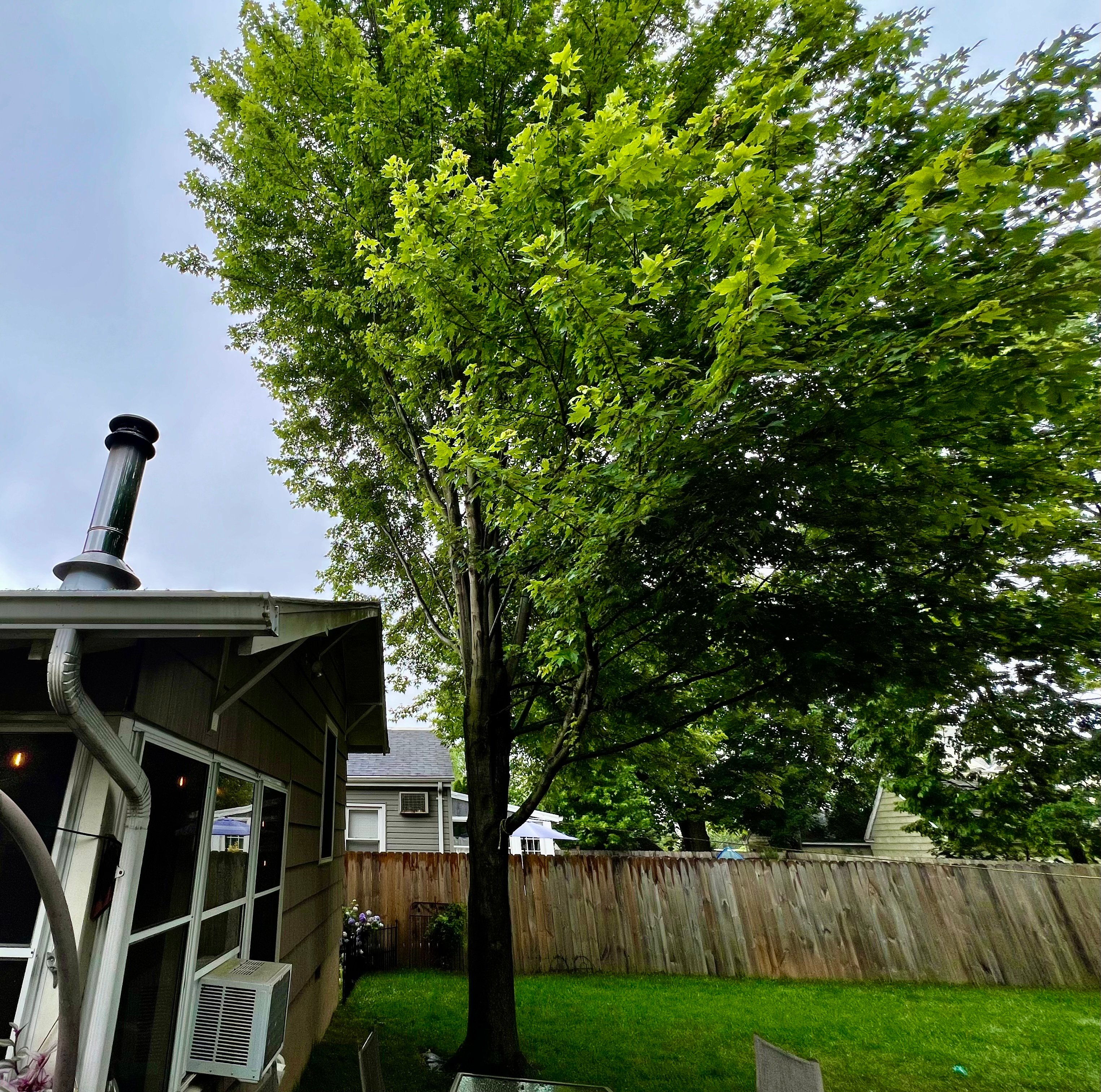Steel in the Landscape
Angelica & Matt Norton, landscape designers & owners of Open Envelope Studio, discuss applications, installation, and aesthetic opportunities of...

"The barrier to entry in our industry is only getting higher, and that means business owners have to move quickly when it comes to adopting new practices or technology. In five years, it will be far more capital intensive to start or to catch up, so waiting is the real risk.
If something makes sense for your business, you have to act on it. The biggest companies in the world allocate a portion of their budget to research and development because they know innovation drives long-term success. If you don’t treat your business that way, you’re going to fall behind. There’s a much larger cost in not trying new things than in experimenting and learning.
Our industry can feel like a train that never stops—you can’t just pause operations to rethink everything—but you can discipline yourself to adopt what makes sense along the way. For me, that meant investing in electric equipment and vehicles. It was a logical step forward, a ‘no-brainer’ for the direction we’re headed.
The reality is that many people in landscaping are risk-averse, but my advice is simple: Don’t let fear stop you. If an opportunity feels right and aligns with your long-term goals, do it. Hesitation is often more dangerous than taking the leap.”
- Greyson Walldorff, Founder & CEO of Lawn Capital & President of Grey Development
“It’s not just about adopting the latest tools, it’s about ensuring your team adopts them too. Whether you’re integrating software platforms or deploying robotic mowers, change only works if it's fully supported by new workflows and ongoing accountability.
Without adjusting operational expectations, teams will naturally default to ‘the old way’—not because they resist innovation, but because familiarity feels easier. And that means your investment quickly shifts from being a strategic asset to just another expense.
As entrepreneurs, we’re often wired to think five steps ahead. But our teams don’t always share that future-focused mindset. Our responsibility as leaders is to bridge that gap—not just by rolling out new initiatives, but by guiding our people through the process, tracking implementation, and celebrating adoption. That’s how tools become transformation.”
- Joe Langton, CEO of Automated Outdoor Solutions, Vice President of Langton Nursery and Landscape Supply, & President of Langton Group
“My tech startup is one of those aiming to adopt a new, improved, and innovative approach to growing Urban Trees to maturity—the trees where we live. Change is difficult. We accept the challenge, but we cannot do this alone!
It’s one thing to develop a concept into a new tool for noninvasive inspection and grading of tree root quality; it’s another to find industry partners to help us implement the innovation. It’s not just about learning who cares, it’s about finding the right partners to help us.”
- Marie Ambusk, CEO & Founder at TreesROI™, Urban Tree Steward Advocate & Researcher
“Even if logic dictates the need, it is a challenge for solo professionals and small businesses to find the time to commit to unpaid learning curves and the inevitable trial and error of implementation. My only advice is to find some way to get paid to learn to compensate, at least in part, for the shorter-term impact of the changes. Random example: Take on some casual work in AI to at least have some return while you earn. Much easier in corporate environments.”
- Steve Garland, Principal at Steve Garland Landscapes
Read the article in the digital issue here.
.png)
Angelica & Matt Norton, landscape designers & owners of Open Envelope Studio, discuss applications, installation, and aesthetic opportunities of...

The Issue Increasingly intense and severe weather worldwide has created challenges not only for green industry professionals but also the insurance...
.png)
Angelica & Matt Norton, landscape designers & owners of Open Envelope Studio, discuss how to balance client feedback with design intent.